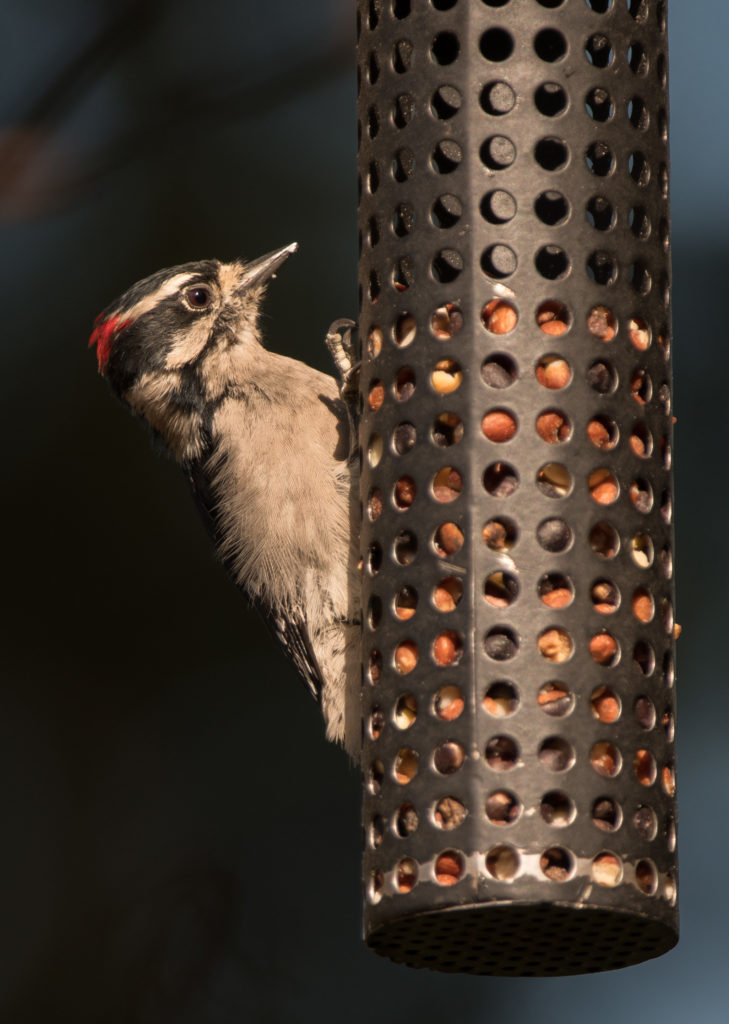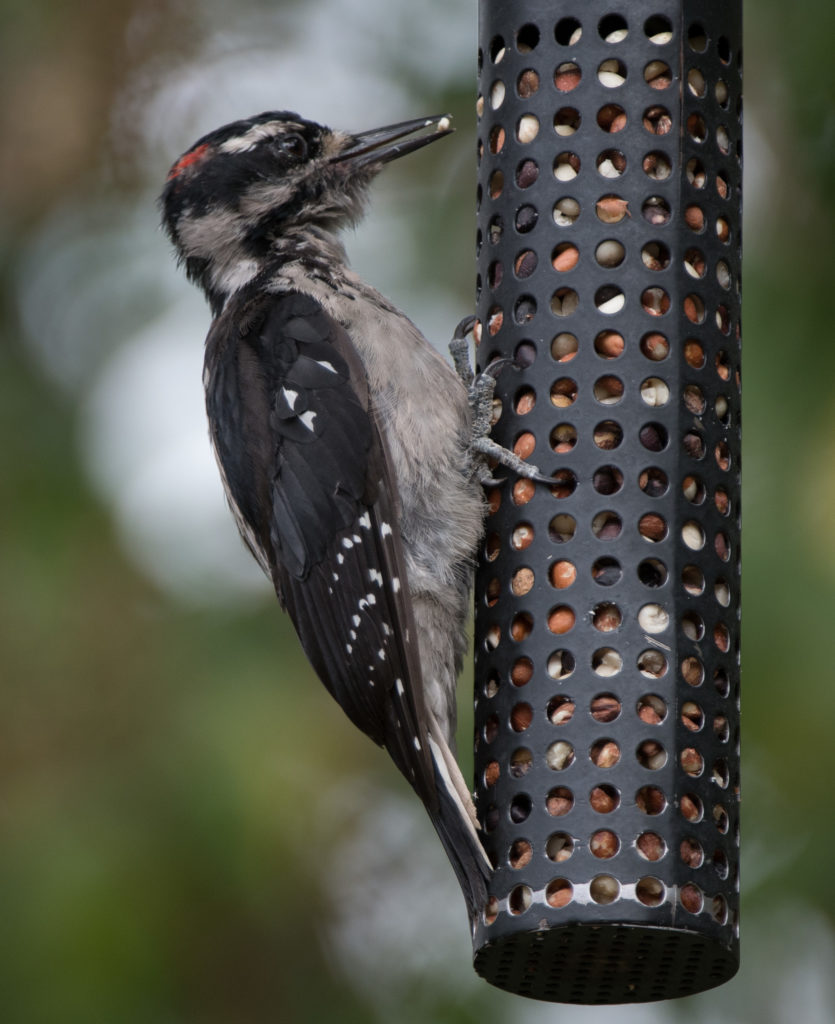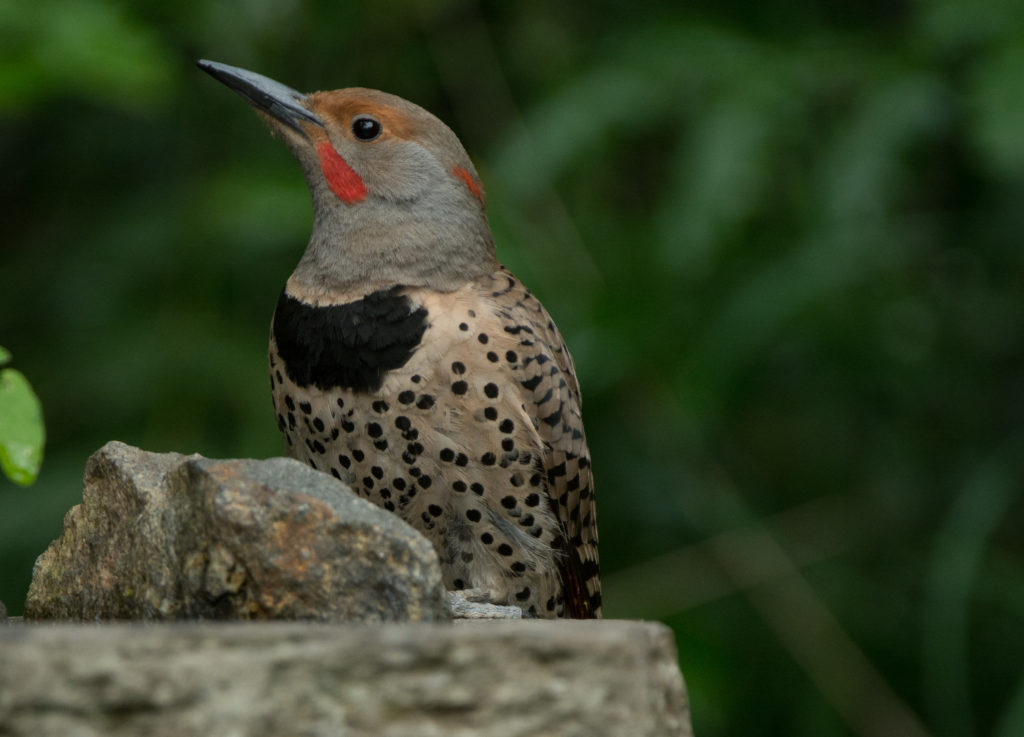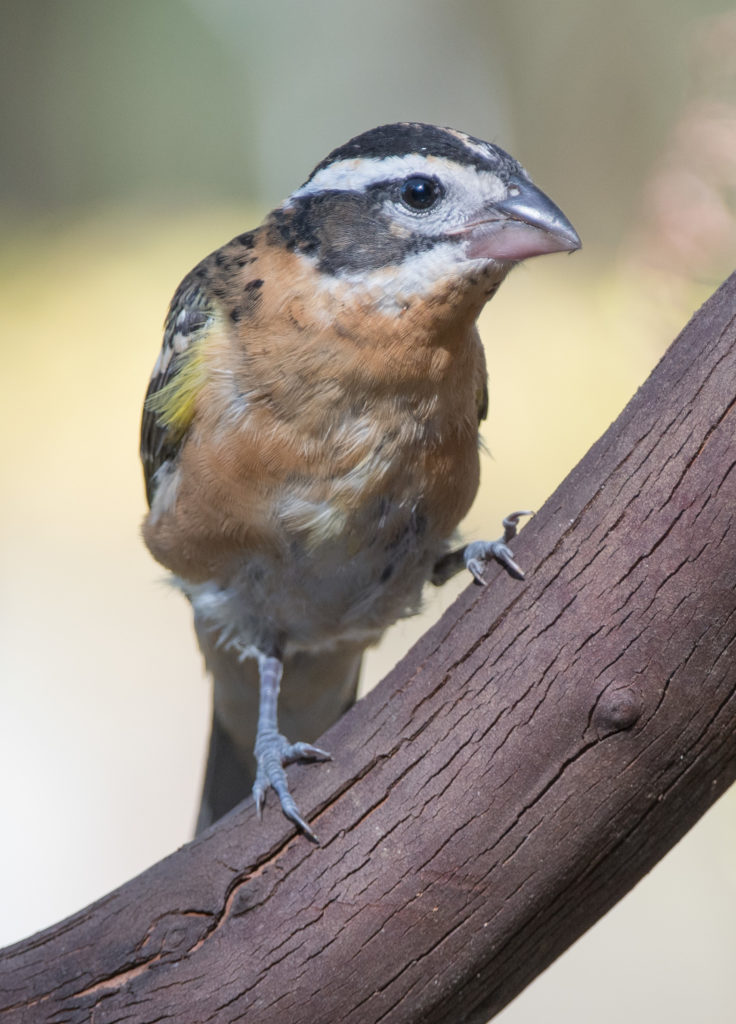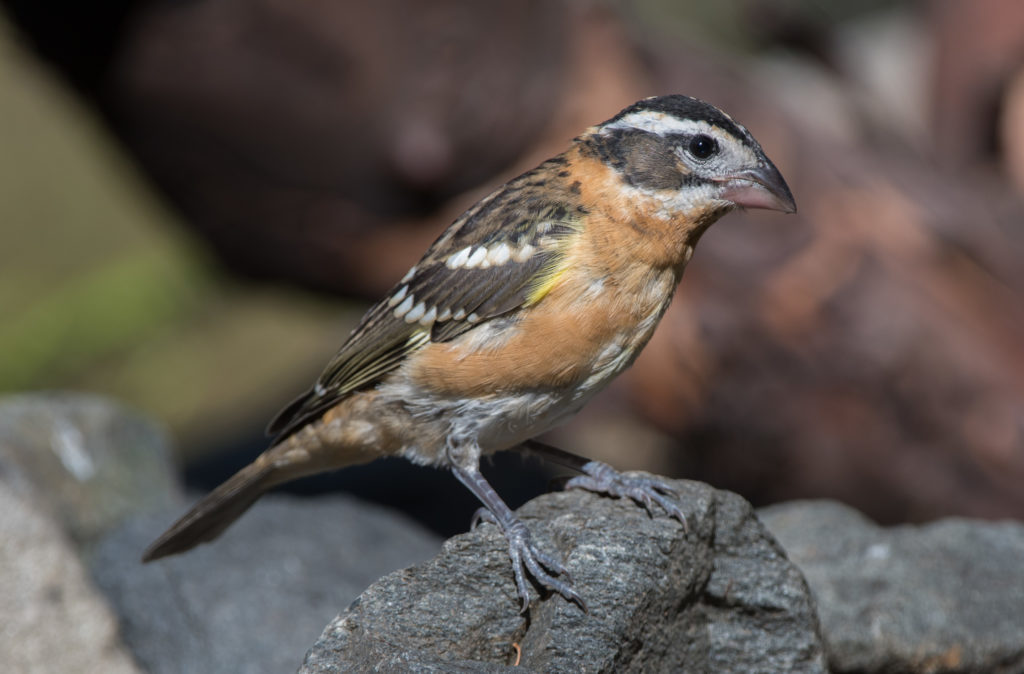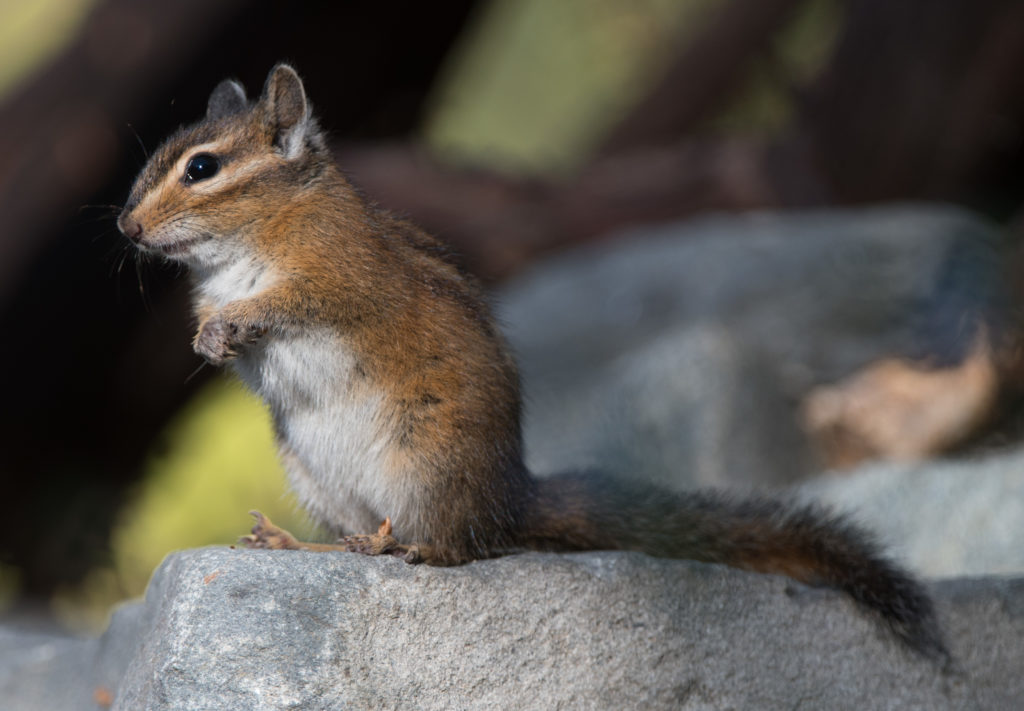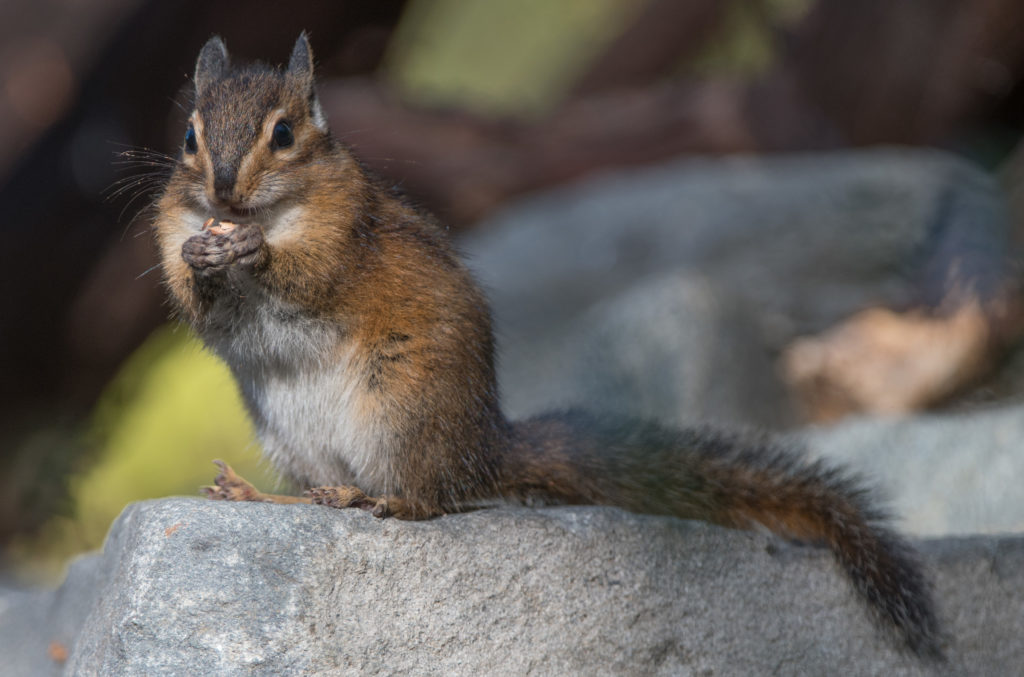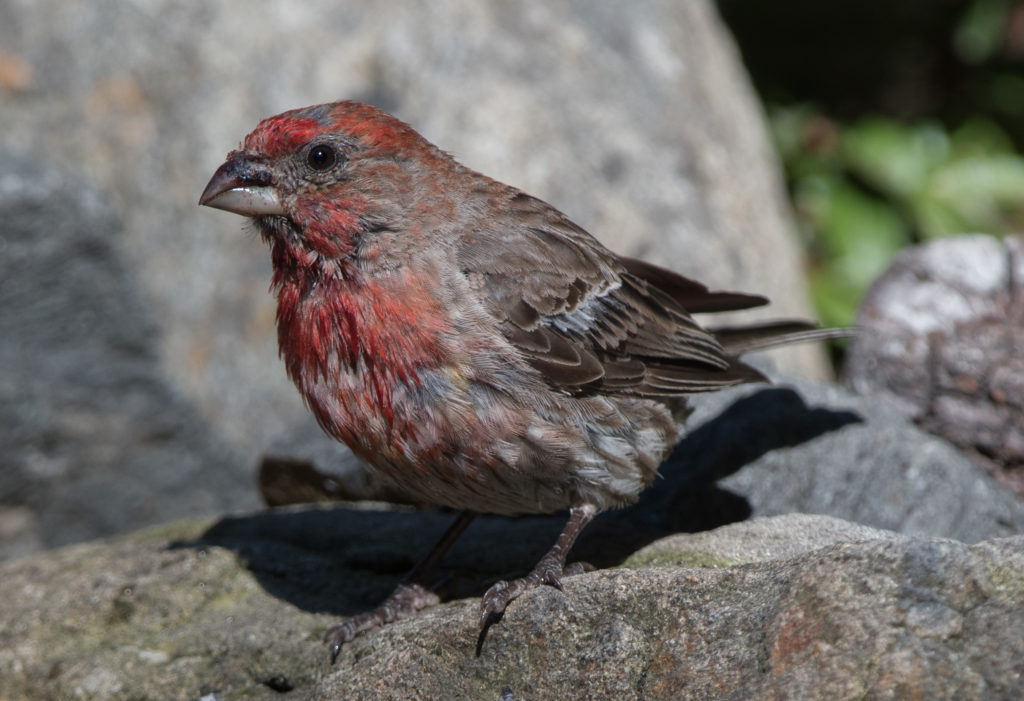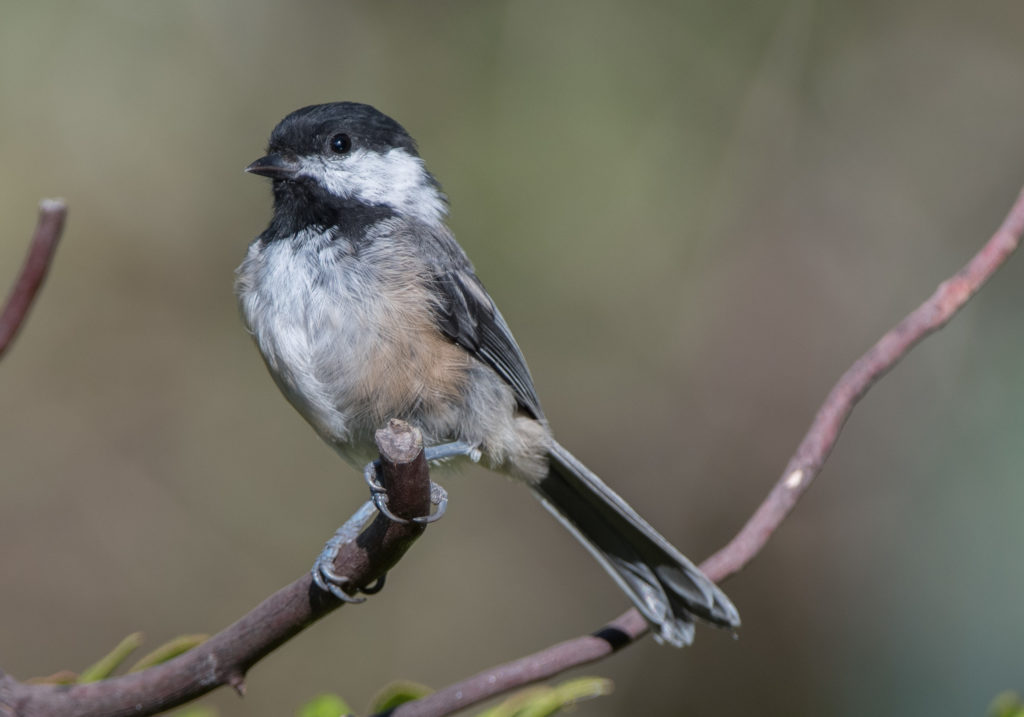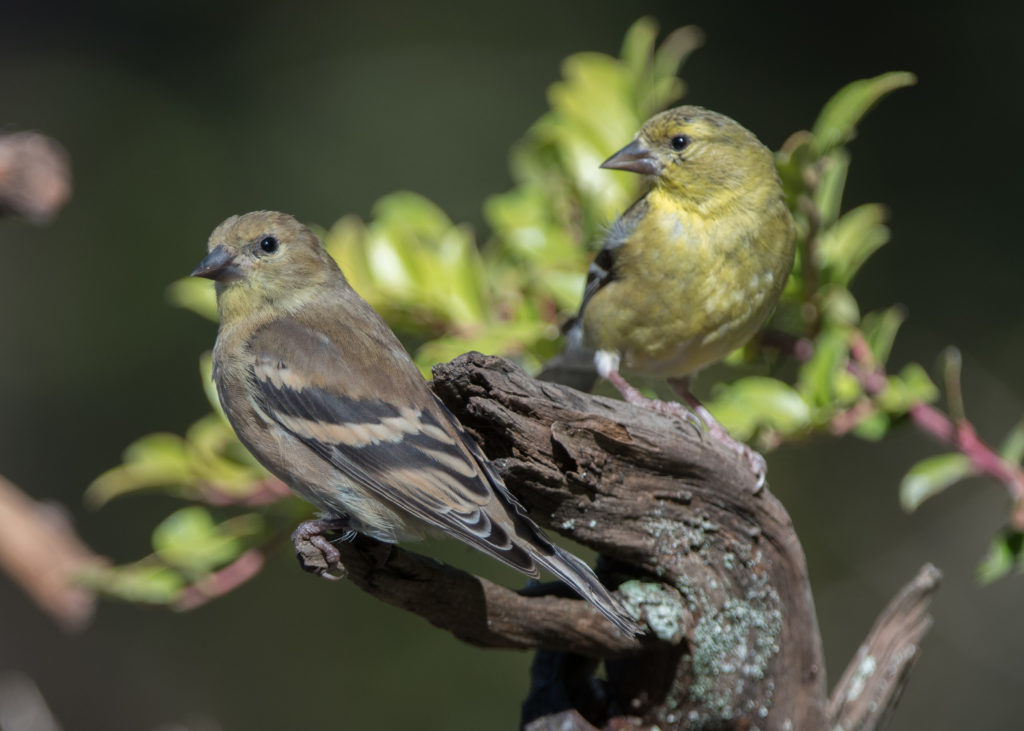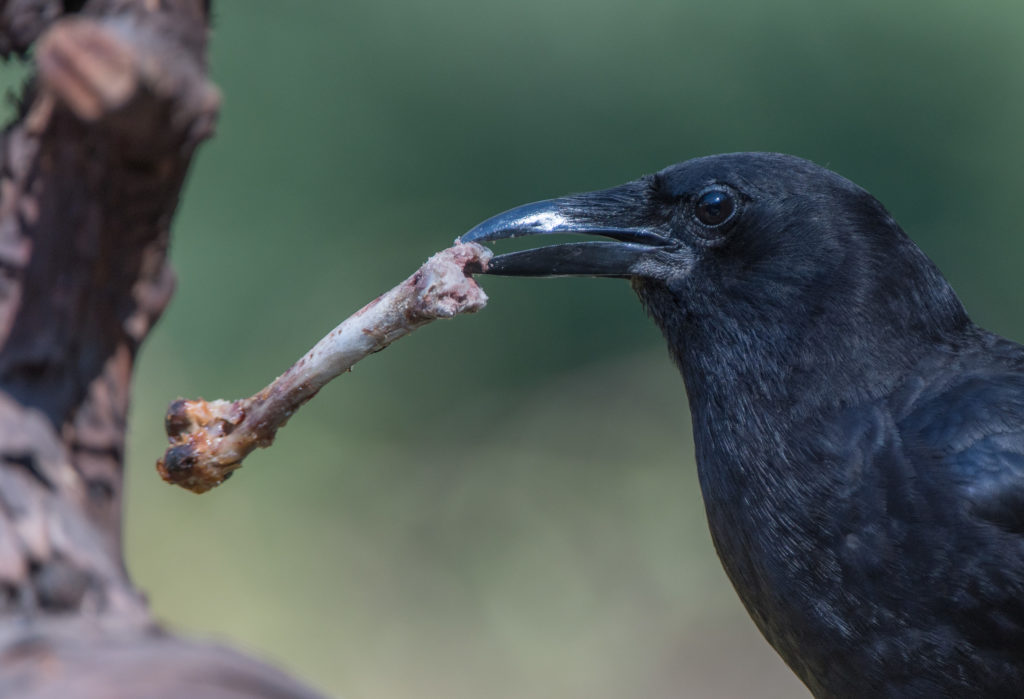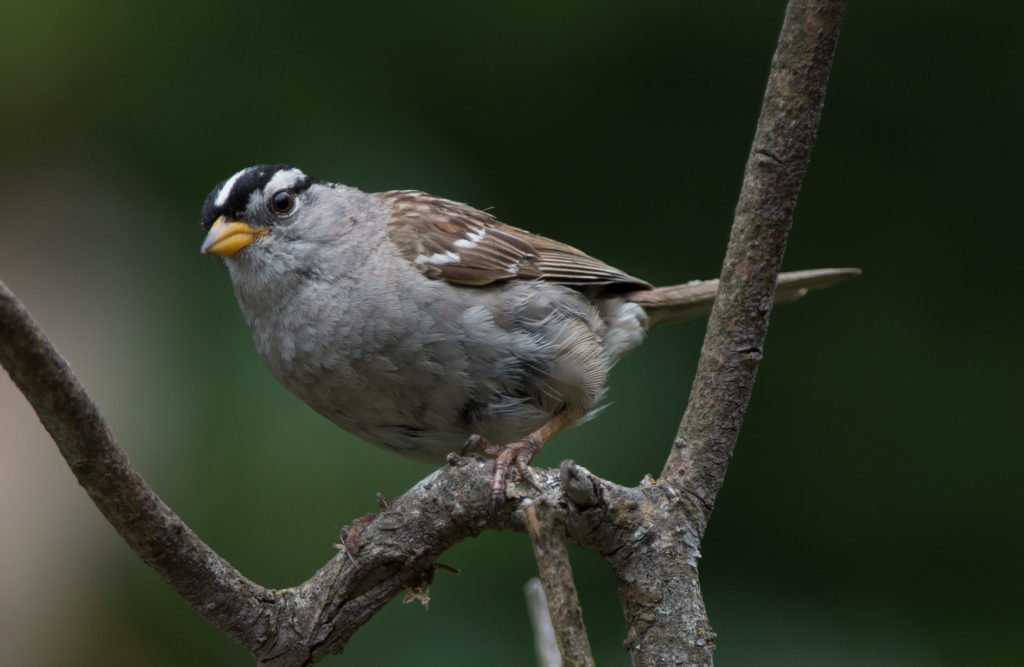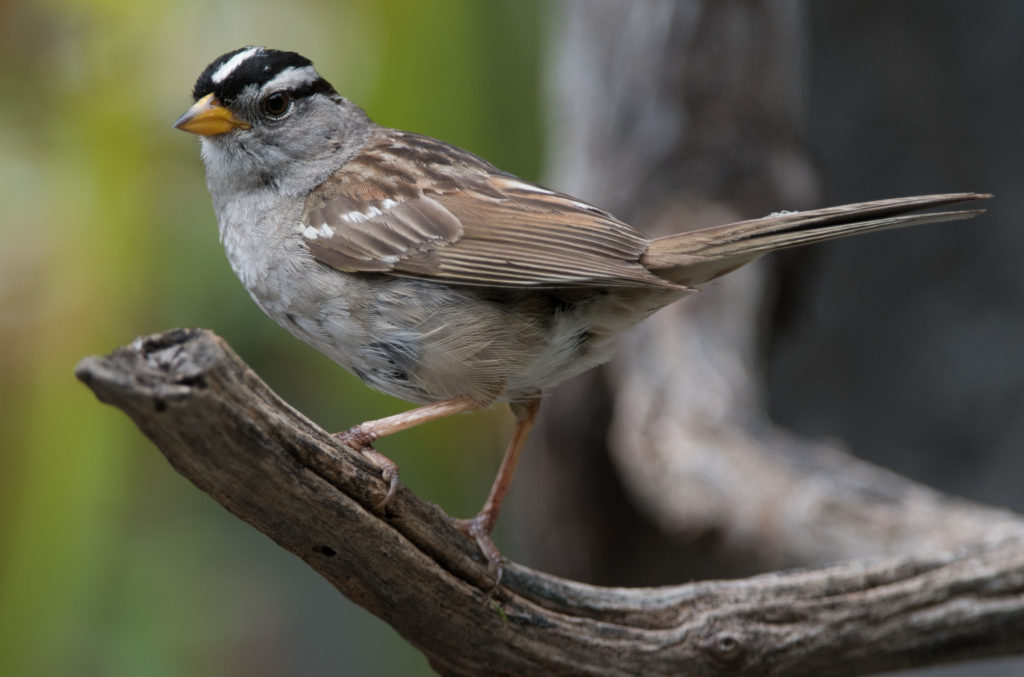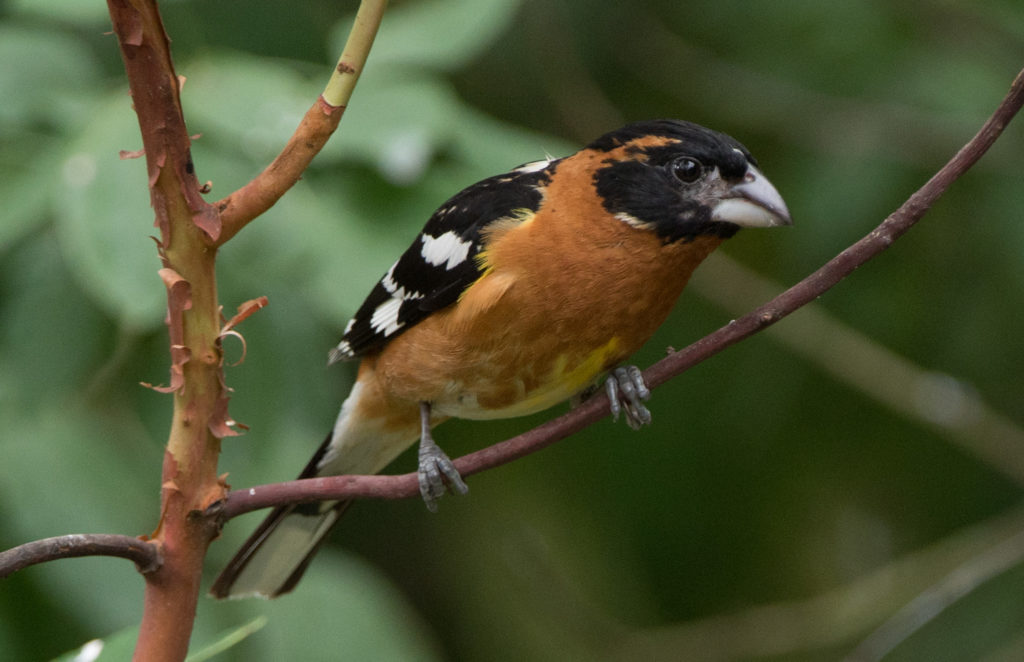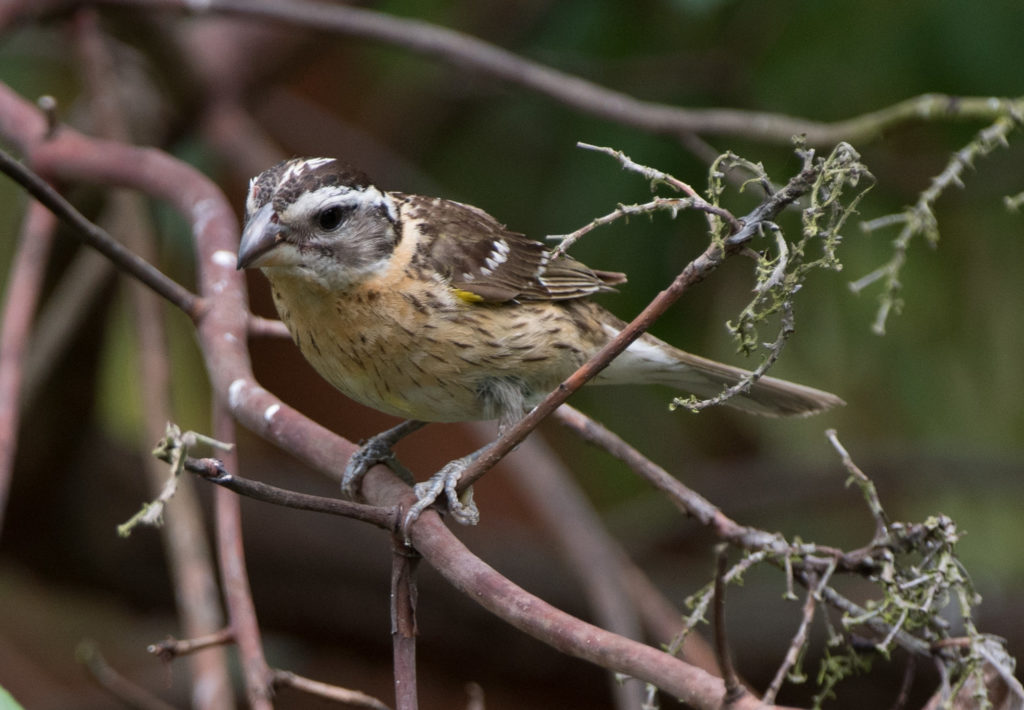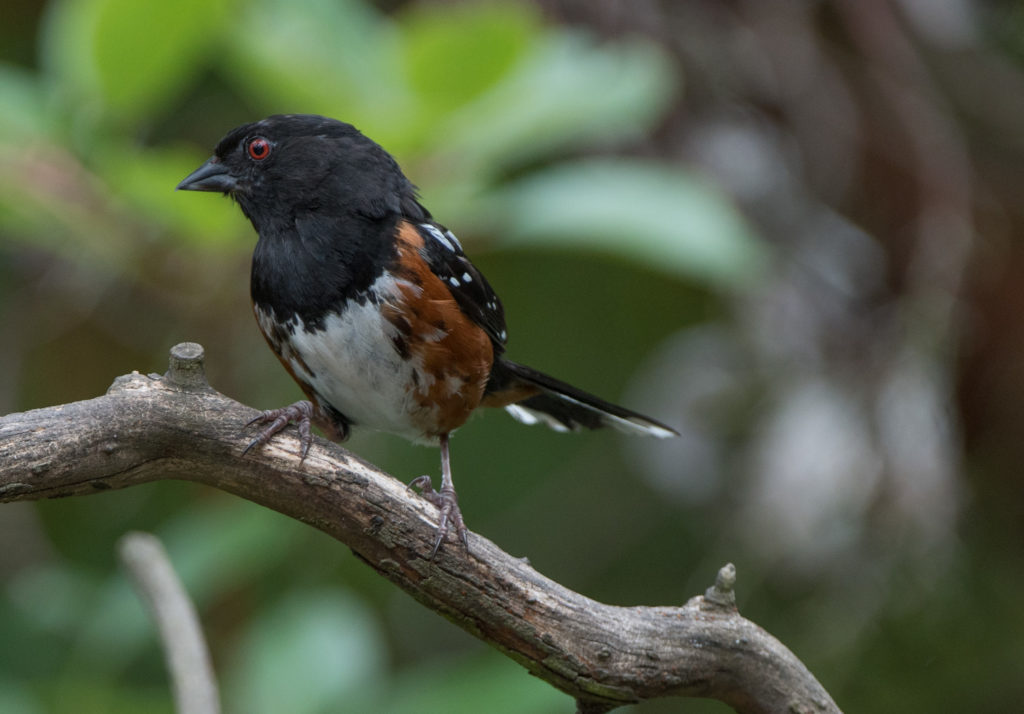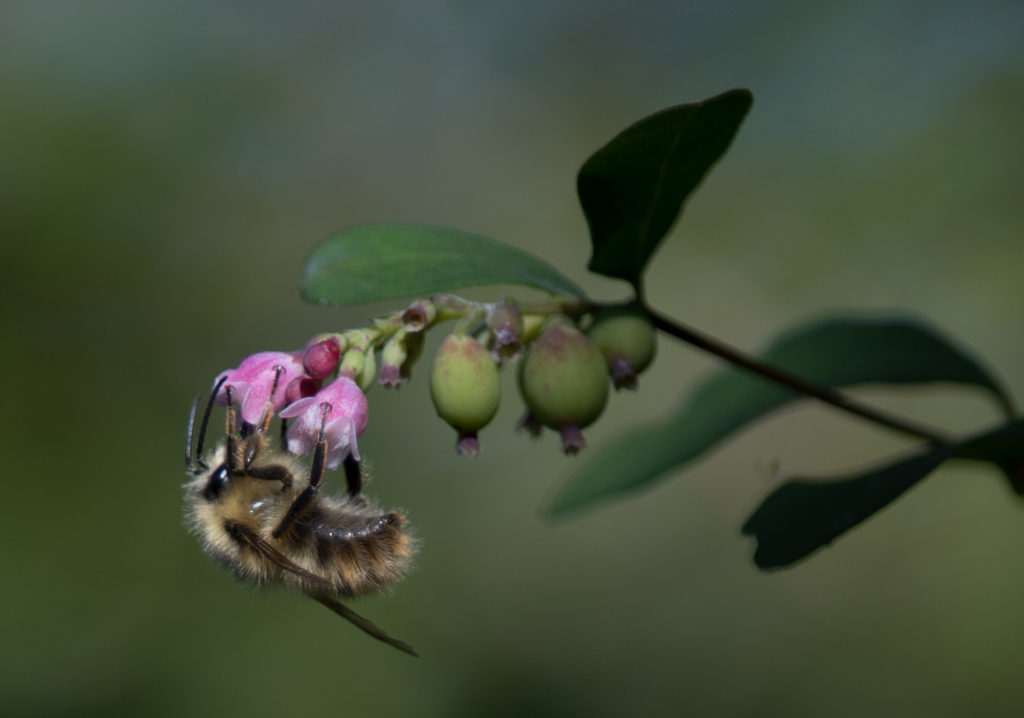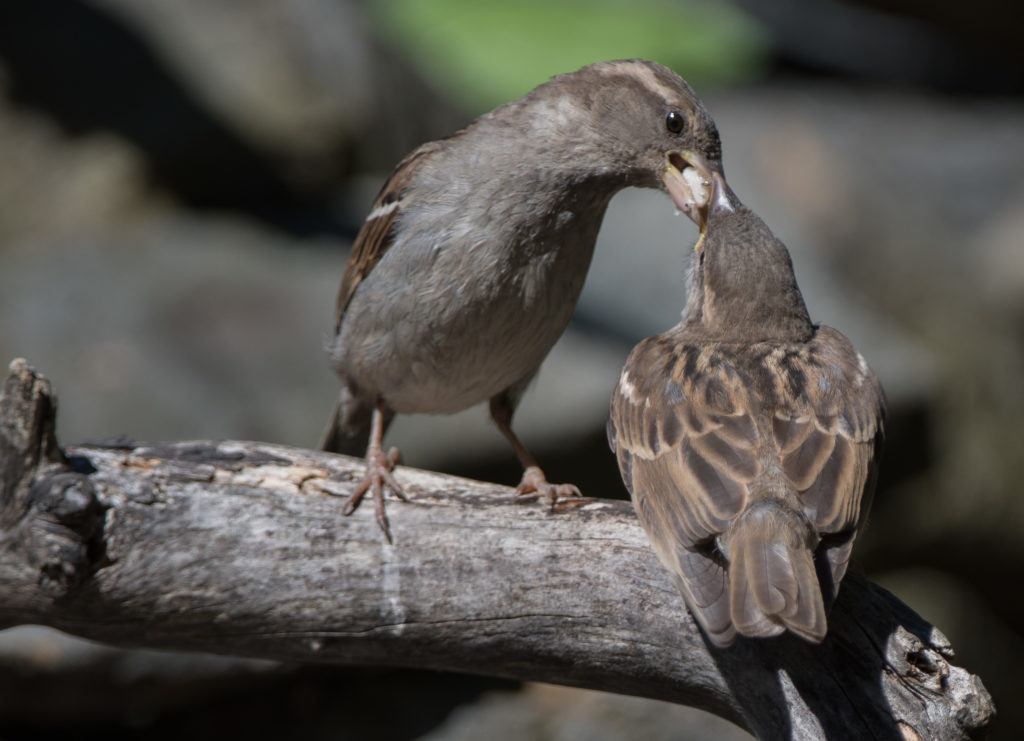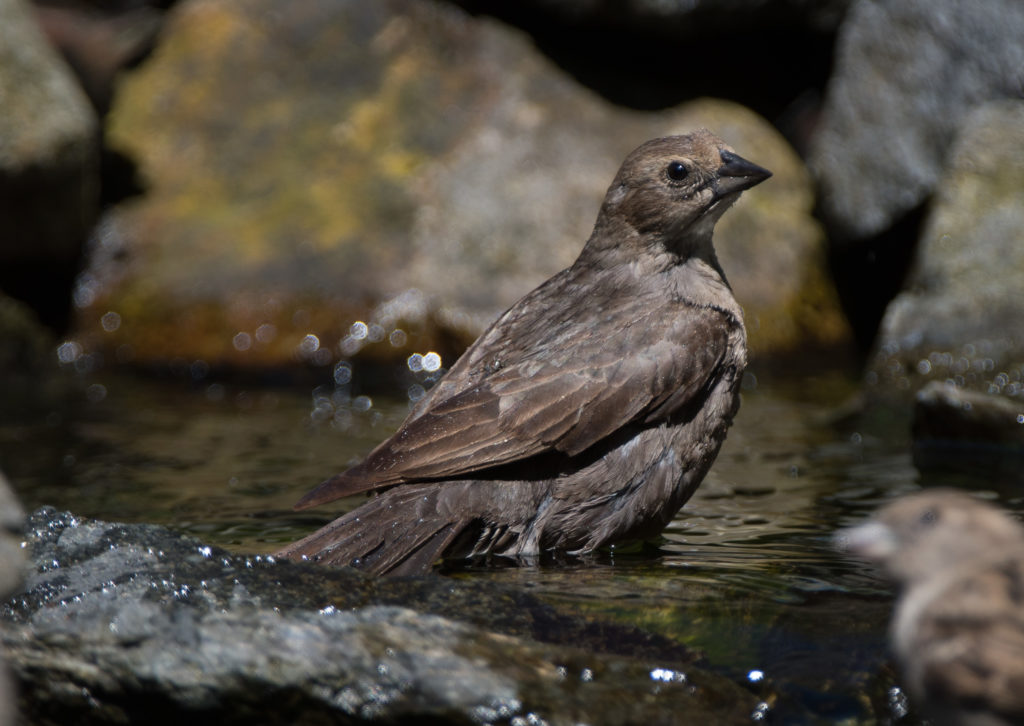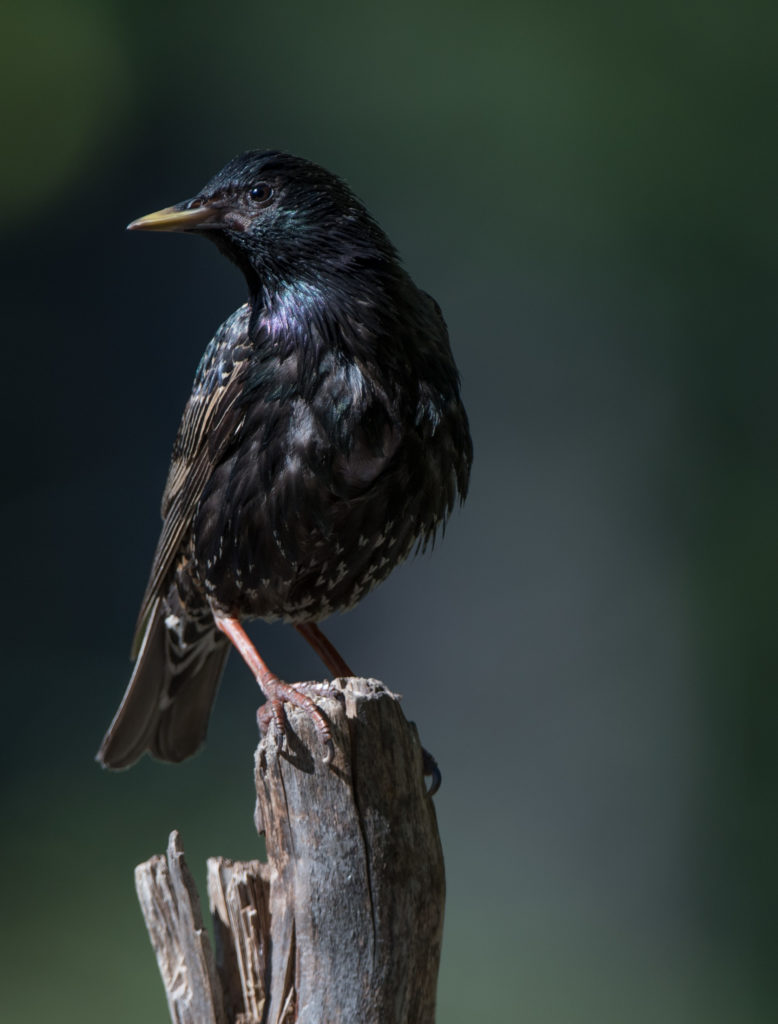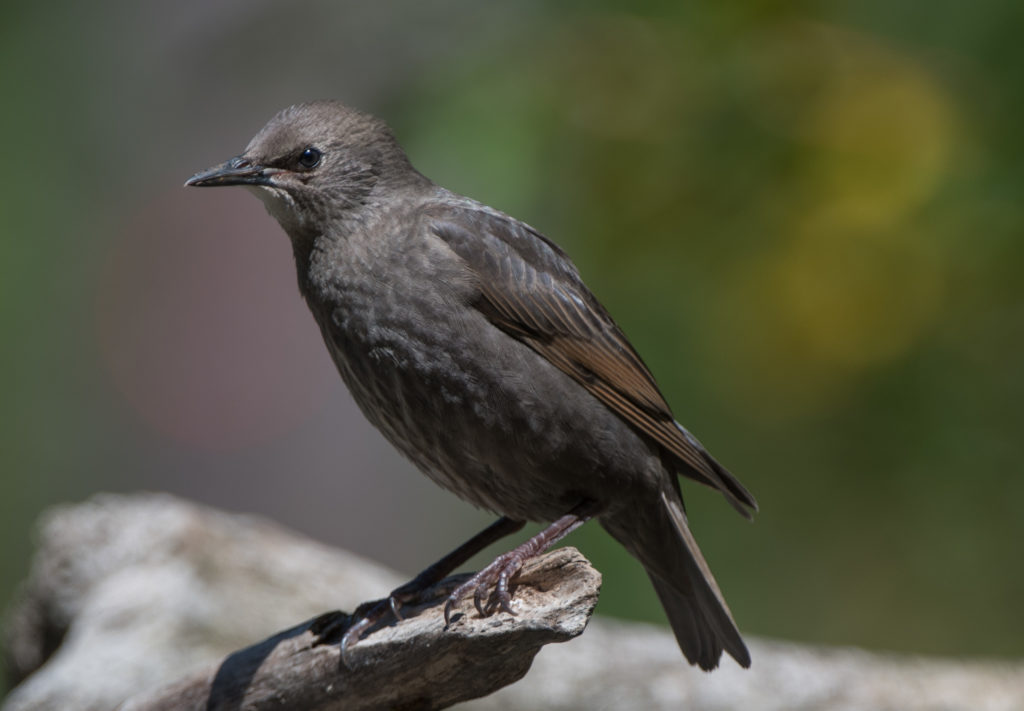Here is a little woodpecker lesson. We have at least four common kinds of woodpecker-type birds here. The smallest, and in my yard the most common, is the Downy woodpecker. The Downy and Hairy woodpeckers have virtually identical markings but can be differentiated by size, with the Hairy woodpecker being larger. However I maintain that trying to assess the difference in these birds by size is not reliable. The best way to differentiate these two species is by the length of their beaks compared with head size. Take a careful look at this male Downy’s beak (pictured immediately below).
The photo below is of a male Hairy woodpecker on the same feeder. Note the larger and heavier beak. The Hairy woodpecker has been a very infrequent visitor to our yard over the years, but this year we have been fortunate to have both a mature male and a juvenile male visiting the yard.
Incidentally, I have found that the Perky Pet peanut feeder pictured above is an excellent feeder for both woodpeckers and other smaller clinging birds such as nuthatches and chickadees. Like almost all of my feeders, it discriminates against non-clinging birds which helps to minimize your feed costs.
And finally, here is a photo of a male Northern flicker. They have been fairly consistent visitors over the years and we had both male and female adults and male and female juveniles this spring/summer. Unfortunately we lost one earlier in a window kill. Unlike many woodpeckers, the male sex of the flicker is denoted by the red patch on the cheek and not a red patch on the head.
The other woodpecker we have in the greater area is the Pileated woodpecker. I have seen only one in our yard and one in the Cap Sante neighborhood over the past sixteen years, but there are more heavily forested areas where these birds, which desire a large territory, can be found. There is usually at least one pair in Washington Park each year.

